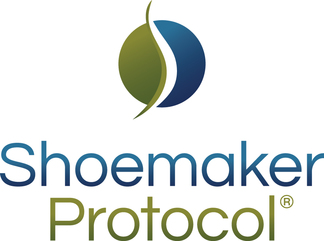Week of January 1, 2024

1/ Erythromelalgia:
QUESTION: I have been diagnosed with erythromelalgia. Have you ever treated this syndrome using the protocol Can erythromelalgia be caused from mold and mycotoxin exposure:
ANSWER: Yes, erythromelalgia is a CIRS. One of the Shoemaker Protocol™ practitioners, Lauren Sparks, is preparing a paper on the topic for publication. You may want to seek her out through the SM website under the certified physician section for more information or support.
2/ HERTSMI-2, Wallemia
QUESTION: Why is Wallemia sebi included in the HERTSMI-2 calculation?
ANSWER: More than any other organism, Wallemia is under diagnosed and under treated. It is called a xerophile because it likes to drier wet conditions as opposed to Stachybotrys or Chaetomium that like wet, wet conditions. Wallemia makes a toxin that contributes to a significant amount of adverse physical effects.
3/ Wallemia
QUESTION: My physician recommends testing indoor and outdoor air for Wallemia prior to mold remediation. What do you think?
ANSWER: I do not think testing outdoors is a good idea. Wallemia in the outside world is diluted by winds, rain and weather conditions. Indoor testing via ERMI and HERTSMI-2 has been the standard effective CIRS testing process to date.
4/ Histamine:
QUESTION: My daughter has mold exposure/MCAS/histamine intolerance. She was taking Zeolite daily and now her ferritin has tanked. Would it suffice to take a binder twice a week so that her body can absorb her iron supplements?
ANSWER: Zeolite will not bind to biotoxins. The Shoemaker Protocol™ prescribes CSM or Welchol as the biotoxin binder in an initial recovery step. There is not enough information provided for me to comment on the management of therapy. Supplements can typically be taken without issue while on the medication schedule. People who’ve had trouble absorbing supplements can be given injections of iron. Another area to look at is MCAS, which should be tested using GENIE, which will look to see which cells in the body are producing histamine.
5/ 4-3-53 genetics
QUESTION: When one has the 4-3-53 sequence, that doesn’t necessarily mean that your parents have it too, is that correct?
ANSWER: The 4-3-53 gene sequence is inherited. A patient with 4-3-53 could have received it from either a biological mother or biological father.
6/ OCD:
QUESTION: We have a child with mold triggers (OCD) who is deeply distressed at the prospect of giving up his belongings. What types of contents are most important to dispose of?
ANSWER: All porous materials such as large fabric items, books, and pillows can serve as reservoirs of particulates and should be discarded. Clothing and bedding can be washed. Perhaps some smaller stuffed toys can be washed and thoroughly cleaned. Any non-porous wood, metal, or plastic objects, toys, furniture, can be cleaned and kept. It is possible to wash and clean shoes. Consider each item and what can be cleaned thoroughly. There are many items that can be cleaned and maintained, and hopefully that will help his transition.